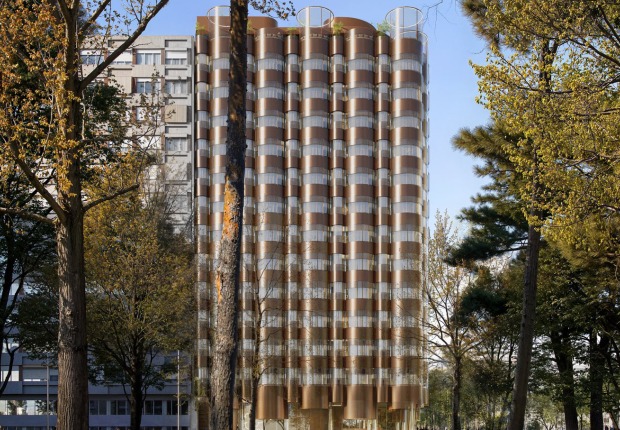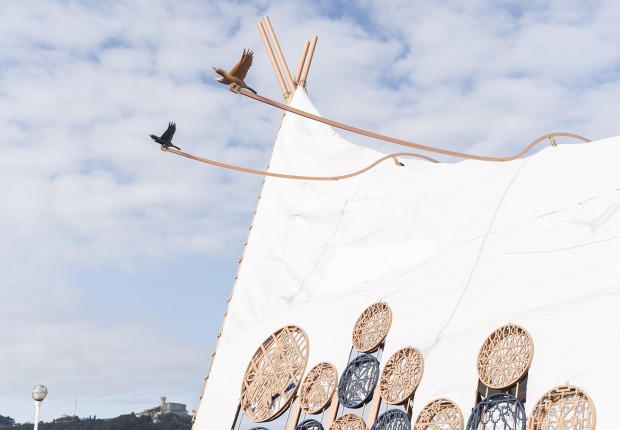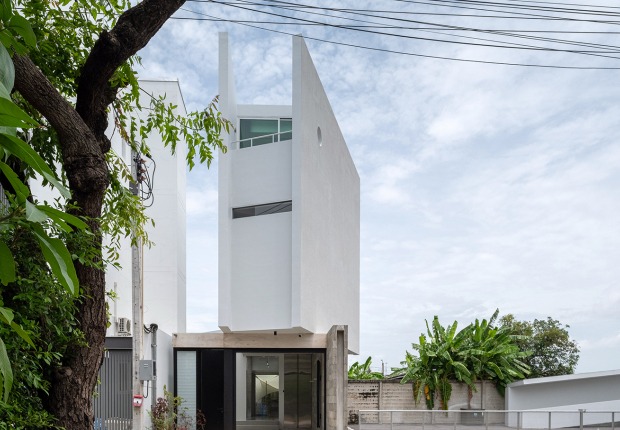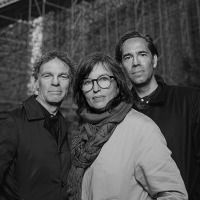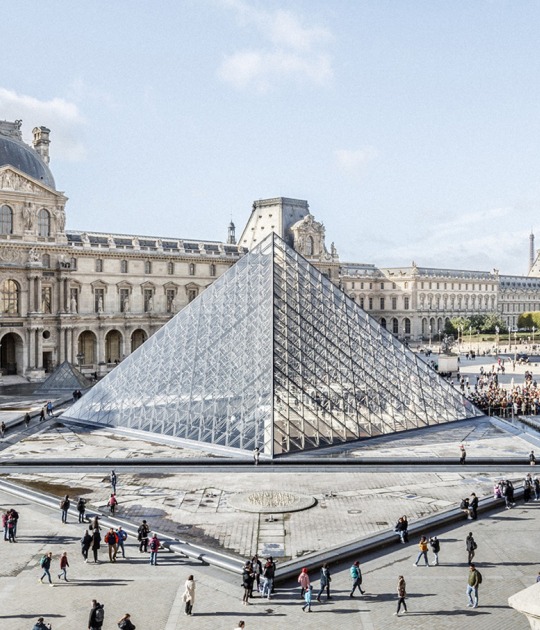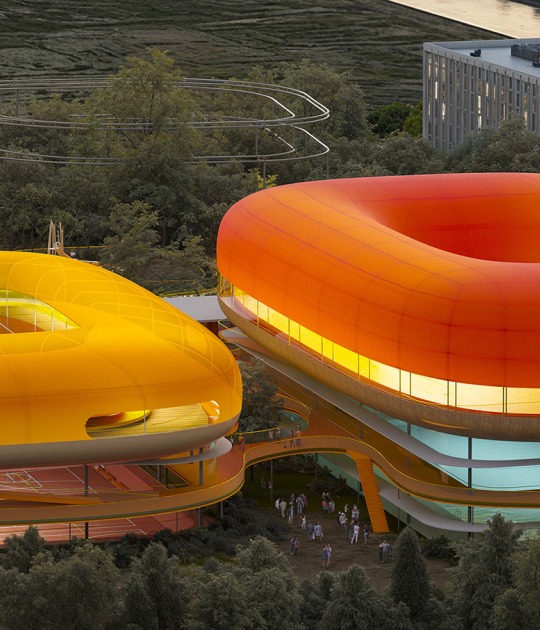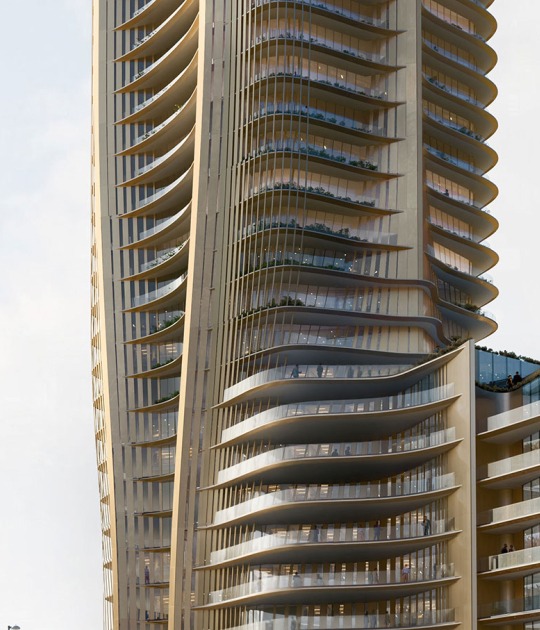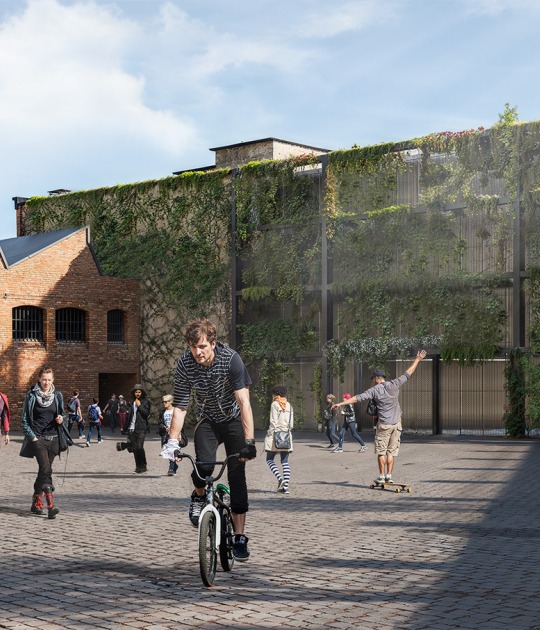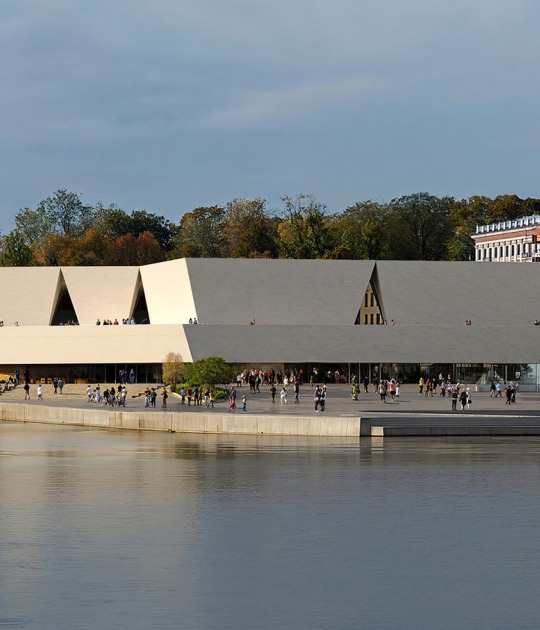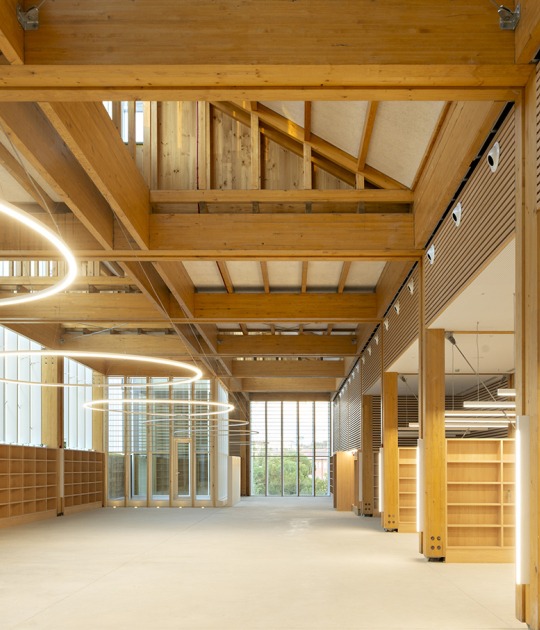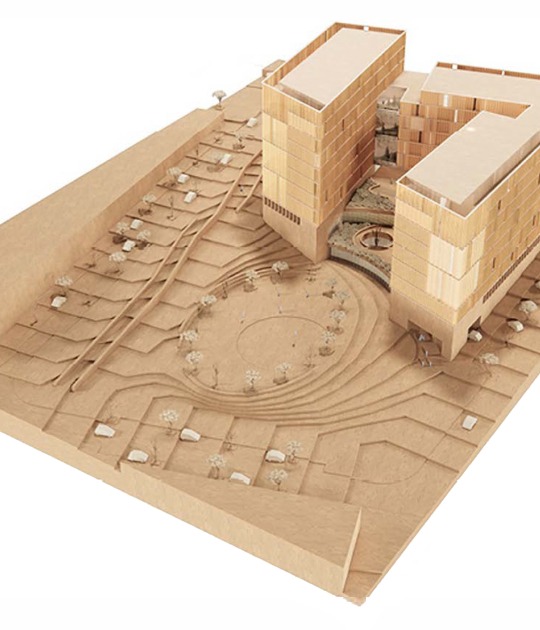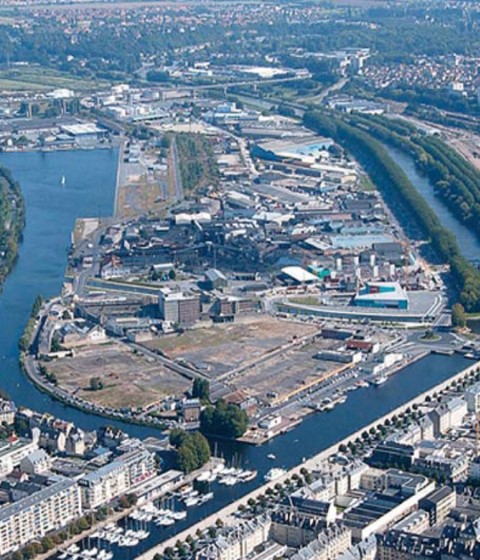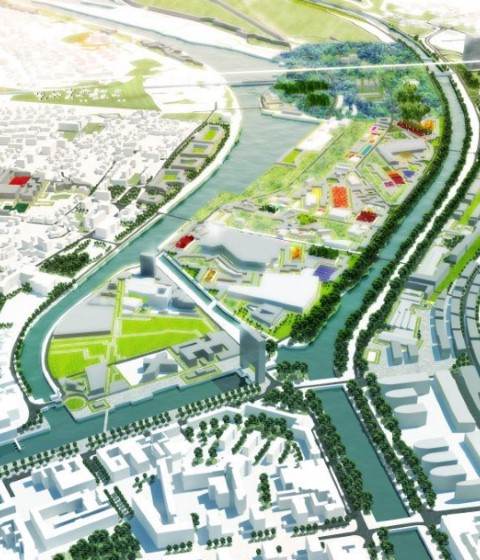Museum Boijmans van Beuningen provides a comprehensive survey of European art from the Middle Ages to the 21st century. MVRDV's Boijmans Collection Building will provide Rotterdam's most important art gallery with a six-storey storage facility to house over 125,000 paintings, sculptures and objects, most of which will be accessible to the public.
The museum is located in a monumental building whose current art depot is below sea level and is thus at risk of flooding. The new art depot is an ambitious plan to not only provide a safe storage but also to open the art depot and its collection to the public, to let the depot participate in the cultural life of the city.
The building will also include offices, logistics rooms and quarantine areas, as well as private art collection rooms that can be rented through the museum. Completion is scheduled for 2017.
Ideas and description by architecs. MVRDV wins competition Collection Building. Museum Boijmans Van Beuningen.
Today the city of Rotterdam, Museum Boijmans Van Beuningen and MVRDV present the design for the new Collection Building. The building with a surface of 15,000m2 is an open art depot featuring exhibition halls, a sculpture roof garden and a restaurant. The public can see what's going on behind the scenes in a museum and private art collectors will be able to store their own collection in ideal Museum conditions. The design – a reflective round volume – responds to its surroundings, Rotterdam's Museumpark in which it will be completed in 2017. The allocated budget is 50 million Euros.
Collection Building is an art depot open to the public. A public route zigzags through the building, from the lobby on the ground floor where a café can be found up to an exhibition space, sculpture garden and restaurant on the roof. On the way up the route passes along and through art depots and restoration workshops. In depots visible from the route, the exhibition can be changed on a daily basis by simply moving storage racks so each visit to the building can offer a unique experience. On three floors the route passes through exhibition spaces which will be programmed by Museum Boijmans Van Beuningen.
The building - which will store the precious art collection of Rotterdam - will also have spaces not accessible to the general public. For example logistics, quarantine and room for private art collections whose owners can visit their art and even enjoy it in private spaces comparable to the art-equivalent of a sky box. This is a new commercial service offered by the museum. Additionally depots and an office of philanthropic foundation De Verre Bergen will be located in the Collection Building.
The roof featuring a restaurant, sculpture garden and exhibition space offers wide views over Rotterdam and will be the new home for the Futuro, the ufo-shaped house of Finish architect Matti Suuronen.
The Collection Building will be realised on the northern edge of Rotterdams Museumpark, realised by OMA with Yves Brunier in 1994. In order to spare the park, the volume is designed as a compact round volume with a small footprint and will be clad with a reflective glass facade. This will make the building less visible and allow reflections, the public can see what is happening elsewhere in the park. Where needed the reflection will be lesser for transparency and to avoid unwanted light effects.
40% of the 15,000m² will be visible or accessible to the public. The building will feature seven different climatic conditions facilitating ideal conditions for art storage, offices and the public. The ambition is to reach sustainability classification BREEAM Excellent.
In the autumn of 2013 five architecture teams presented their designs for the Collection Building in a competition won by MVRDV. The other contenders were Koen Van Velsen, Harry Gugger with Barcode Architects, Neutelings Riedijk and Mad with NIO. MVRDV was earlier disqualified from the competition due to a considered breach of the tender procedure but won a preliminary injunction at the court of justice of Rotterdam. MVRDV won the competition together with Pieters Bouwtechniek, IGG Consultants and DGMR Consultants. Expected completion is envisioned for 2017.












